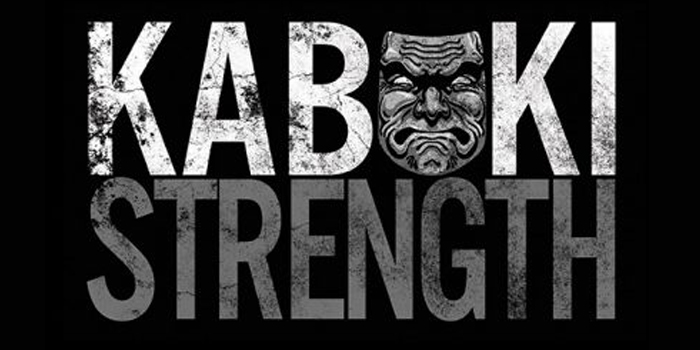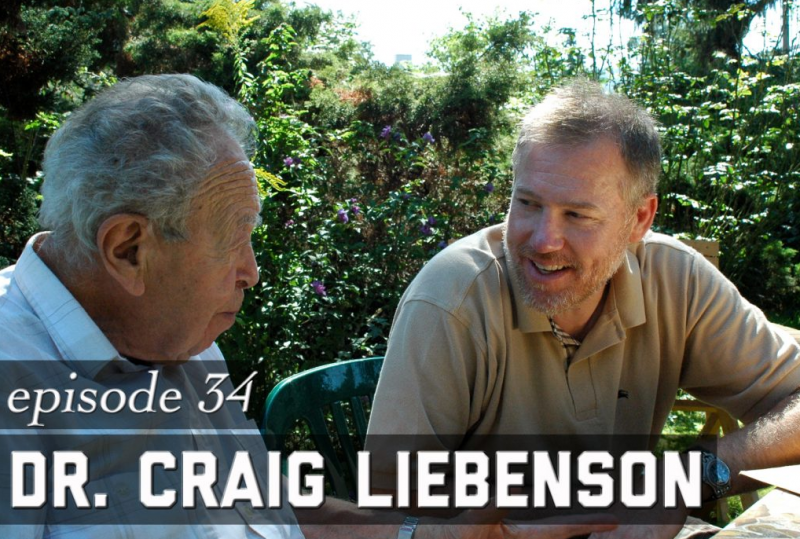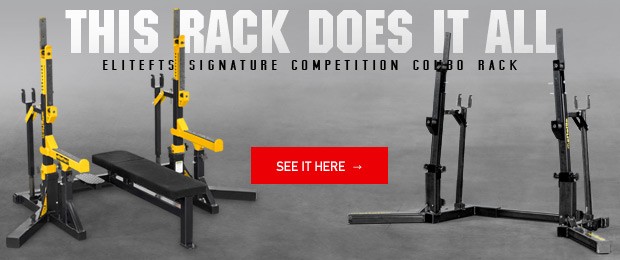
If you follow any of our work at Kabuki Strength, you’ll know the concept of anti-fragility is something we hold close. People often misunderstand this term, however. It’s not about fighting the obstacles that come your way and overcoming them. It’s about evolving in a manner that absorbs them and using those challenges to become a better version of yourself. When something comes up, you don’t fear it but in fact seek it out, as it will make you stronger. It is not about resistance, as it is almost the opposite of resistance. Don’t hold back or fight, but lean into these new arenas and do what we were made to do. This is the path to anti-fragility.
In this must-listen episode, we speak with the renowned clinician, author, and speaker Dr. Craig Liebenson, who first turned me onto this concept years ago. In this episode, we cover many aspects of human performance, but the formula Dr. Liebenson lays out is a something to spend some time with. Our coach and Director of Education Brandon Senn extracted this from the podcast.
Question: “The being of flow and anti-fragility is the end-game. That’s where we want to be with our patients and athletes. We want people moving with extreme confidence and hopefully some level of proficiency. If that’s the absolute end goal, can we simplify the stages that come before that? What are they?”
Answer: “To me, there are four steps.”
1. There should be no pain. This isn’t "no pain, no gain."
"There should be no pain. If we think red, yellow, green, red would be a six to 10 out of 10, yellow would be three to six out of 10, and green would be zero to two out of 10. If it's green, it's go time. If it's yellow, we might flirt with that, but we are going to audit that and monitor it."
2. Motor control first. Quality over quantity.
“We need reasonable proficiency. We don’t need to police perfection, but quality must come before quantity. Competency must precede capacity. Stability must precede strength. We aren’t going to load dysfunction, but that doesn’t mean we are going to police perfection. “
3. Load is the best corrective. We need to get to load sooner. We can’t baby people.
“Load is the best corrective. We’ve got to create robustness. The only way to break someone out of the cycle of chronic pain is to add load. We’ve got to teach people how to push, pull, and carry. Unless you access those fundamental movement patterns with intensity, you will never become resilient.”
4. Cast your net wide and look at the entire kinetic chain. Find the most impactful intervention.
“We have to cast our net really wide. We should never just focus on the area of the complaint or the target goal if you’re in a lifting program. We want to look at the whole body as a system. We are engineers and everything is in play. It’s a kinetic chain and often times there might be an ankle issue caught driving the squat issue, there may be a hip issue driving a spine issue, maybe a T-spine issue driving a shoulder issue. We’ve got to take a step back and look at the whole kinetic chain and not simply local areas.”
“Isn’t the pursuit of perfection really the opposite of progress? Shouldn’t we look for catalysts? Shouldn’t we look for impactful interventions that will catalyze adaptation, as opposed to try and make something absolutely perfect? “– Dr. Craig Liebenson.
LISTEN
By the minute
- (1:40) Recent training stories — hamstrings and adductors, deadlifting, and a back strain
- (5:40) Introduction of Dr. Craig Liebenson
- (8:00) Dr. Liebenson's opinion on the balance between movement preparation and training
- (12:28) Creating awareness of better methods
- (14:48) Over-sensitization following medical procedures
- (18:21) "A back injury is not a lifetime sentence"
- (22:20) Delivering the message to different personalities
- (24:00) Diagnosing the cause of a back injury and learning to change your approach
- (28:51) Programming considerations for reducing risk
- (31:30) Misinformation from writers and chiropractors
- (35:56) Assessment of triggers, tuning the body, and avoiding over-reading
- (37:48) Simplifying the process to reach anti-fragility and movement proficiency
- (43:43) The methods must suit the goals
- (45:35) Dr. Liebenson's current influences
- (48:11) How to learn more from Dr. Liebenson
Dr. Liebenson is the Director of L.A. Sport and Spine, a pain management, rehabilitation, and performance enhancement center providing one-on-one musculoskeletal care. He is an Adjunct Professor of the School of Chiropractic, Division of Health Sciences at Murdoch University in Perth, Australia, and consultant for the Anglo-European Chiropractic College M.Sc. programs in Chiropractic Rehabilitation. The first-ever chiropractic member of the McKenzie Institute (U.S.) Board of Directors, he serves on the editorial boards of numerous journals including the Journal of Occupational Rehabilitation; the PM&R Journal of Injury, Function, and Rehabilitation; the Journal of Bodywork and Movement Therapy; and Journal of Manual Therapy.
Dr. Liebenson is the first health care provider in California to receive a Certification of Recognition from the National Committee for Quality Assurance (NCQA) on Achievement of Recognition for Delivery of Quality Back Pain Care. He is actively engaged in ongoing research on the spinal stabilization system as a visiting scholar at Stuart McGill’s spine biomechanics laboratory at the University of Waterloo. He began studying with both Dr. Karel Lewit and Vladimir Janda beginning in 1987 and began hosting Pavel Kolar’s programs in the late 1990’s.
Dr. Liebenson publishes extensively and is the editor of the book and DVD Rehabilitation of the Spine: A Practitioner’s Manual (second edition), 2007, DVD series Yoga & Ergonomics; Core Stability Training; & Functional-Performance Training and The Functional Training Handbook (2014). He has had books published in Spanish, Greek, Korean, Chinese, and Japanese. He worked as team chiropractor for the NBA Los Angeles Clippers from 2005 to 2009 and has consulted with the MLB Arizona Diamondbacks, NFL Seattle Seahawks, and Boston Sports Medicine and Performance Group. He serves on the advisory council for Equinox worldwide luxury fitness gyms.











